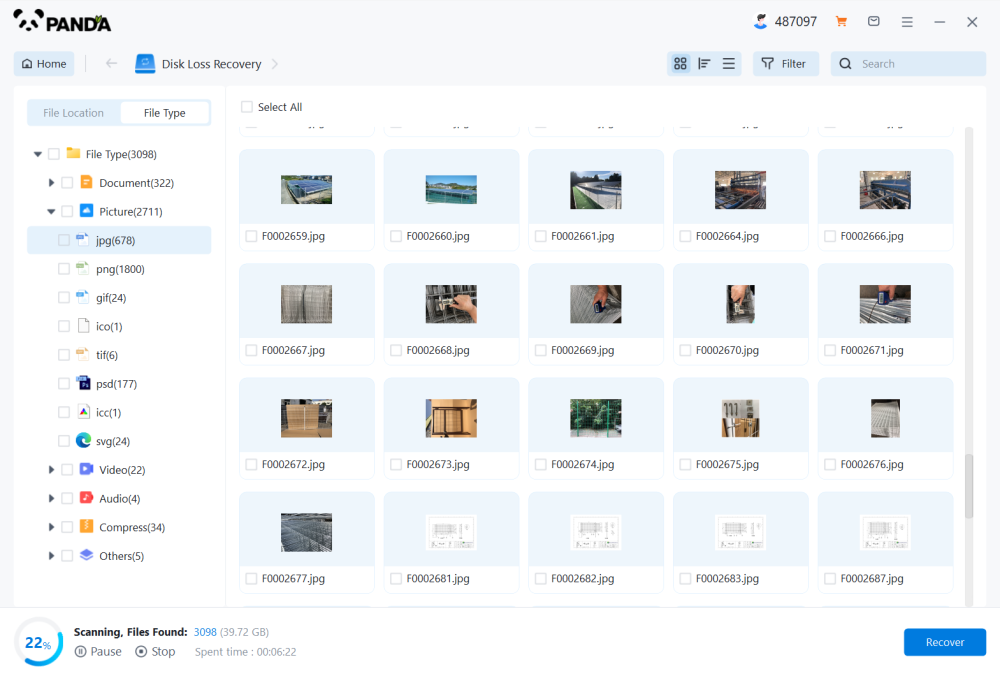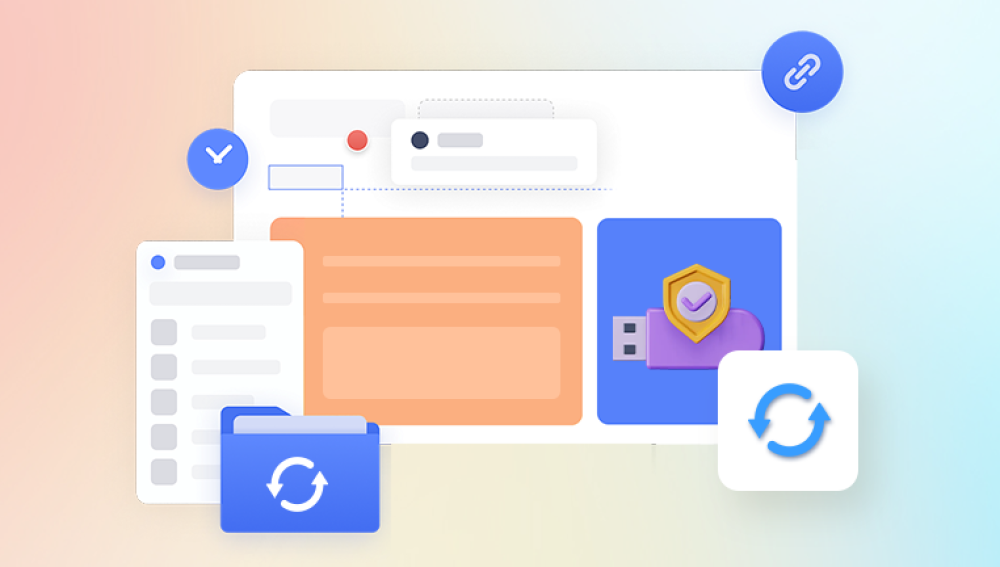Imagine this: you've just gone through the nerve-racking process of recovering lost or deleted video files maybe from a hard drive failure, an accidental deletion, or even a formatted SD card. After hours of scanning with Disk Drill, you finally see the familiar file names of your precious memories wedding footage, family vacations, YouTube projects, or client work. You're elated. You hit “recover,” save the files to a new location, and click play on one of the videos. Then… nothing.
If you've ever found yourself in this scenario, you're not alone. Video corruption after recovery is a common issue that can occur for several reasons. Disk Drill is a powerful tool, and it excels at recovering a wide range of file types. But it’s not magic there are limits to what can be perfectly restored, especially with video files, which are more prone to corruption due to their complex structure.

Let’s dive into the tech behind the problem and then roll out the solutions.
Section 1: Why Are Disk Drill Recovered Videos Corrupted?
There are several reasons why your recovered video files might not work correctly even if Disk Drill was able to find them. Here's a breakdown of the most common causes:
1. Incomplete File Recovery
Video files are often stored in fragments across a drive. If parts of the file are missing or overwritten, Disk Drill may only recover a portion of the file.
Unlike text or image files, video files (especially formats like MP4. MOV, and AVI) have a structured container format. Missing just a few kilobytes from the header or index can render the whole file unplayable.
2. File Overwriting
If new data was written to the disk after the videos were deleted, it could have overwritten parts of the original video files. Disk Drill may still recover the file name and partial data, but the content will be damaged.
3. Codec Issues
Even if the file is structurally sound, it might require specific codecs to play. Sometimes, corruption appears to be an issue when it’s just a missing or unsupported codec.
4. Container Corruption
Videos are stored in container formats (like .mp4 or .mov) which include metadata, timing, and synchronization data. If these containers are damaged during recovery, media players may not be able to interpret the file even if the video/audio streams are mostly intact.
5. Drive Issues
Bad sectors or a failing drive can introduce errors during the recovery process. If Disk Drill encounters bad sectors, it may skip or partially recover data, leading to corruption.
6. Recovery Method Used
Disk Drill offers different recovery methods: Quick Scan, Deep Scan, and Partition Search. Each method affects how complete the recovered data is. Deep Scan can find more files, but often lacks filenames and structural integrity.
Section 2: How to Fix Corrupted Videos Recovered by Disk Drill
Now that we know why the corruption might be happening, let’s look at how you can try to fix those damaged video files. Note that success depends on how much of the original video is still intact.
1. Use a Video Repair Tool
Several professional video repair tools specialize in fixing broken or corrupted video files:
a. Drecov Data Recovery
If you've used Disk Drill to recover lost videos only to find them corrupted or unplayable, you're not alone. Video files are especially prone to corruption during recovery due to their complex structure and reliance on intact metadata. When files are partially overwritten or fragmented, Disk Drill may still recover them, but the result can be distorted visuals, missing audio, or error messages.
That’s where Drecov Data Recovery comes in. Panda specializes in repairing and restoring corrupted video files retrieved through recovery tools like Disk Drill. Whether you're dealing with damaged MP4. MOV, or AVI files, Panda uses advanced algorithms to reconstruct missing headers, sync audio/video streams, and bring your footage back to life.
b. Wondershare Repairit
Handles corruption from recovery, camera crashes, or transfer interruptions.
Allows batch repair and preview.
Great for GoPro, DJI, or smartphone videos.
c. Remo Video Repair
Designed for fixing corrupted videos shot on DSLRs, phones, and drones.
Requires a reference file (a healthy version from the same device) for best results.
2. Try VLC Media Player’s Built-in Repair Feature
VLC can sometimes fix index issues in AVI files:
Open VLC.
Click Media > Convert/Save.
Load the corrupted video file.
Choose Convert, set the output format (e.g., MP4), and click Start.
For AVI files, VLC will prompt to fix the file automatically when opened.
3. Re-encode the File with FFmpeg
FFmpeg is a command-line tool for audio and video processing.
It can sometimes salvage playable content from partially corrupted files:
bash
ffmpeg -i corrupted.mp4 -c copy fixed.mp4
If you get read errors, try this:
bash
ffmpeg -err_detect ignore_err -i corrupted.mp4 -c copy recovered.mp4
4. Hex Editor & Manual Repair (Advanced)
Open the corrupted file and a working file from the same camera in a hex editor (like HxD).
Compare headers and footers.
Manually patch header info from the good file to the bad one.
Not recommended for beginners requires detailed knowledge of video file structures.
5. Try a Different Player
Sometimes, the file isn’t fully corrupted but the media player can’t handle it.
Try PotPlayer, KMPlayer, or MPC-HC. These often have better error handling than VLC or Windows Media Player.
Section 3: Preventing Corruption During and After Recovery (Approx. 400 words)
Preventing corruption isn’t always possible especially if the original storage device was damaged. But these tips can dramatically reduce the risk:
1. Stop Using the Device Immediately
The moment you realize files are lost, stop using the drive. This prevents overwriting recoverable data.
2. Create a Disk Image
Use Disk Drill’s Byte-to-byte Backup feature to clone the drive before recovery.
This lets you recover from the image, not the original device, preserving data integrity.
3. Always Recover to a Different Drive
Recovering files to the same device can cause data to overwrite itself.
Choose a separate internal or external drive for recovery output.
4. Use the Right Recovery Method
If filenames and structure are important, try Quick Scan first.
If you need to dig deeper and are okay with generic file names and partial data, use Deep Scan.
5. Avoid Interruptions
Ensure your computer is on stable power (use a UPS if needed).
Don’t interrupt the recovery process or shut down midway.
Section 4: When to Seek Professional Help (Approx. 300 words)
If none of the above methods work, it may be time to consult data recovery professionals. Here’s when you should consider it:
The original drive has physical damage (clicking sounds, overheating, not recognized).
Disk Drill finds files, but all are corrupted, no matter what repair tool you use.
Videos are extremely valuable once-in-a-lifetime events, legal evidence, or commercial projects.
Professional labs have the tools and environment to recover data from damaged hardware, often including:
Cleanrooms for opening drives.
Advanced forensic recovery techniques.
Specialized software for reconstructing fragmented or corrupted files.
Costs can range from $300 to $2.500+, depending on damage and urgency. If you go this route, don’t attempt further recovery yourself you might make it worse.




